
Athletics is one of the sports that proves the hardship of women - Photo: DANG KHOA
Women's suffering, men can not understand
The first issue is physiological health. Unlike men, women in professional sports must train and compete in a context where their bodies are governed by menstrual cycles, hormonal changes and endocrine-related health risks.
Research by Dr. Jane Thornton (Western University, Canada), a sports medicine expert, shows that cyclical fluctuations in estrogen and progesterone levels can affect muscle strength, ligament flexibility, recovery ability and injury risk.
A survey by the National Collegiate Athletic Association (NCAA) showed that more than 40% of female athletes had to change their training regimen due to the effects of menstruation.
In addition, functional hypothalamic amenorrhea (FHA) is quite common in sports that require girls to train heavily and control their weight strictly.
According to the Clinical Journal of Sport Medicine , the rate of FHA in women in professional sports can range from 5% to 25%, even up to 69% in some sports such as long-distance running or martial arts.
Not only does this condition disrupt play, it also increases the risk of osteoporosis, injury, and long-term health problems.
Always face the risk of depression
The second, and equally troubling, issue is mental health. International figures show that women in sport are at higher risk of anxiety, depression and eating disorders than men.
A meta-analysis published in Frontiers in Sports and Active Living in 2025 found that female athletes reported significantly more symptoms of anxiety and depression, especially in stressful competition environments.
A 2018 survey by the International Society of Sport Psychology found that 26% of elite female athletes reported symptoms of depression, compared to 10% of men.

Fans often only know happy images of female athletes - Photo: TVA
The cause comes not only from the pressure to achieve, but also from social prejudices about body shape, gender roles, family responsibilities and the future after retirement.
Sports psychologist Carla Edwards (Canada) commented: "Many female athletes have to balance a busy training schedule, study or work, while also being under pressure to get married and have children, something that few male athletes have to think about at the peak of their careers."
Body image concerns are also a major factor, as many sports place a heavy emphasis on aesthetics, forcing girls to maintain very low body fat percentages, leading to eating disorders. Some studies show that in sports that focus on body image, the rate of eating disorders in female athletes can be as high as 70%.
The risk of injury is even higher.
Finally, there is the injury story. Sports medicine studies have shown that female athletes are at higher risk of certain types of injuries than men, particularly anterior cruciate ligament (ACL) injuries.
A report in the British Journal of Sports Medicine found that the risk of ACL rupture in women is two to four times higher than in men, partly due to their wider pelvis, different knee angles, and the effect of the hormone estrogen on ligament strength.

The injury rate for women is often higher than for men - Photo: BAO NGOC
In addition, volleyball, basketball, and women's soccer have recorded high rates of ankle sprains, patellar tendinitis, and shoulder injuries, due to the nature of jumping, bouncing, and continuous rotation.
Dr. Grethe Myklebust (Norway), who has done a lot of research on female sports injuries, emphasized: "Preventing injuries for women requires a specialized strength and balance training program, because their risk of injury is not the same as men's."
When injuries occur, the psychological impact is even more severe. A 2022 study in the British Journal of Sports Medicine found that nearly 50% of female athletes who had to take a long break from competition due to injury experienced some degree of depression.
Numbers, evidence and stories from sports science show that women endure many more layers of pressure – both physical and mental – than fans often imagine.
Understanding biological, psychological and injury risk differences not only helps the community empathize, but also helps sports administrators, coaches and medical staff provide timely support.
That is also the reason why in many sports, training centers and youth training centers, female coaches are always needed, because only women can understand, support and help young girls overcome difficulties.
Source: https://tuoitre.vn/phu-nu-choi-the-thao-phai-doi-mat-dieu-gi-20250814220214994.htm







![[Photo] Prime Minister Pham Minh Chinh chairs the conference to review the 2024-2025 school year and deploy tasks for the 2025-2026 school year.](https://vphoto.vietnam.vn/thumb/1200x675/vietnam/resource/IMAGE/2025/8/22/2ca5ed79ce6a46a1ac7706a42cefafae)
![[Photo] President Luong Cuong receives delegation of the Youth Committee of the Liberal Democratic Party of Japan](https://vphoto.vietnam.vn/thumb/1200x675/vietnam/resource/IMAGE/2025/8/22/2632d7f5cf4f4a8e90ce5f5e1989194a)
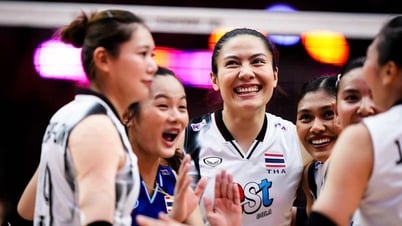

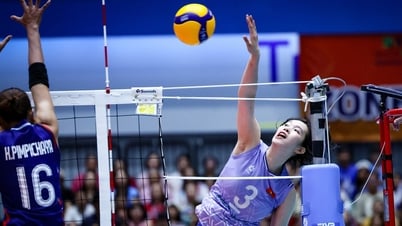
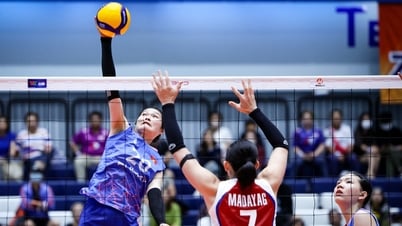

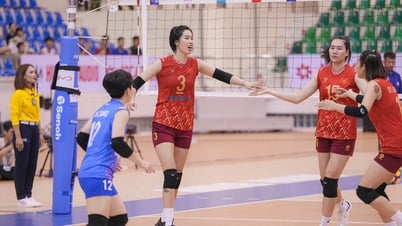
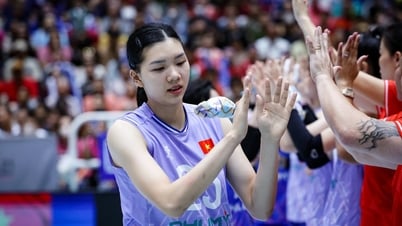
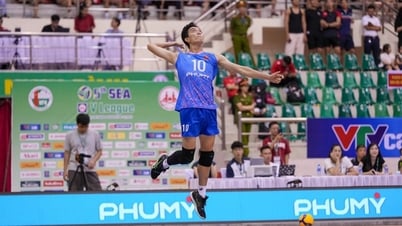











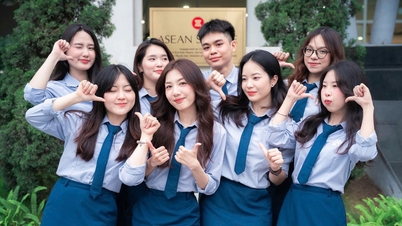
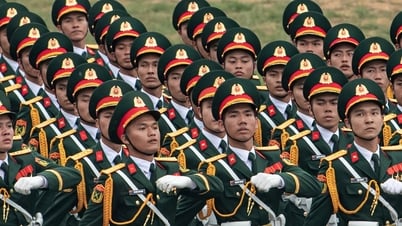


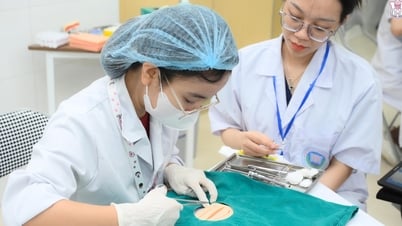











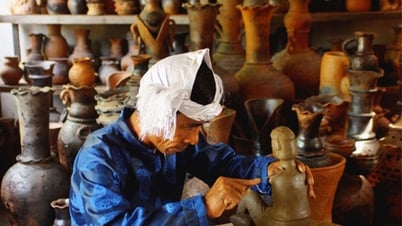


















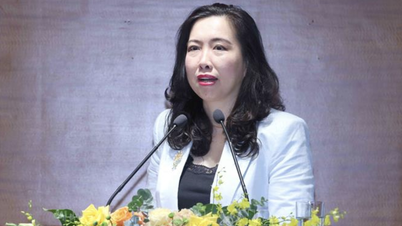



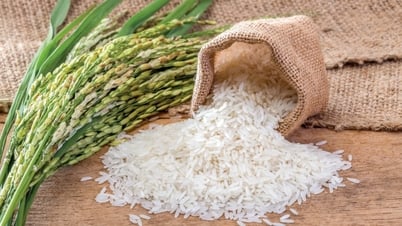































Comment (0)